Table of Contents
CE certification is a must for selling into the European market with your LED products. It means your product complies with the health, safety, and environmental standards of the European Union. In this post, we’ll go over what CE certification is for LED products in Europe, why it’s important, how to get it, what standards LED products have to meet, and what it means to you as a manufacturer and to your customers.
What is CE Certification?
CE is an abbreviation for “Conformité Européenne,” which means European Conformity. It is a mandatory conformity mark for products that are put on the market in the European Economic Area (EEA). The CE mark means that a product complies with all the applicable European directives and regulations. In the case of LED products, it means that your product complies with the safety, health, and environmental requirements of the European Union.
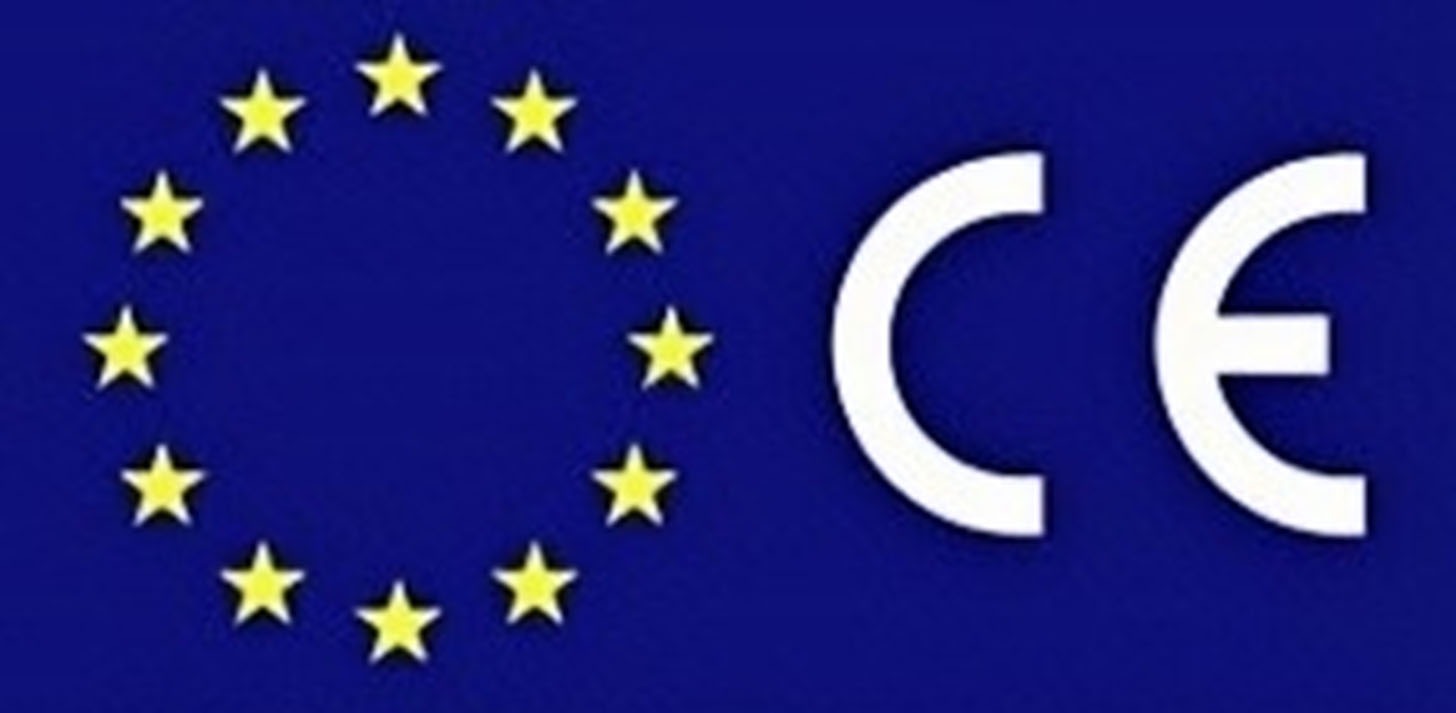
Why do you need CE Certification for your LED products?
You need CE certification for your LED products for several reasons:
- Market Access: You have to have CE certification to sell your products in Europe. The CE mark is your product’s passport to the European market.
- Consumer Confidence: The CE mark builds consumer confidence in your product because it means your product meets high safety and quality standards.
- Uniform Standards: The CE mark harmonizes compliance standards across all the member states of the European Union (EU). This makes it easier for you to sell your product throughout the EU.
How to get CE certificates for your LED products?
The process to get CE certified for your LED products is as follows:
- Identify the Directives and Standards That Apply to Your Product: The first step is to figure out which directives apply to your product. For LED products, this typically includes the Low Voltage Directive (LVD) 2014/35/EU, the Electromagnetic Compatibility (EMC) Directive 2014/30/EU, and the RoHS Directive 2011/65/EU.
- Evaluate Your Product: You have to take a look at your product and see if it meets the specific requirements of the directives that apply to it. This might involve testing thermal management, photobiological safety, electromagnetic compatibility, and other things.
- Put Together Your Technical Documentation: You have to compile technical documentation that shows how your product meets all the relevant requirements. This documentation includes things like design and manufacturing details, conditions of use, safety assessments, and test reports.
- Create Your Declaration of Conformity: Once you’ve made sure your product complies with all the relevant directives, you have to draft and sign a document called the EU Declaration of Conformity (DoC). This document says that you’re taking responsibility for your product’s compliance.
- Put the CE Mark on Your Product: After you complete your Declaration of Conformity, you have to put the CE mark on your product and its packaging. The mark has to be visible, legible, and permanent.
What are the Directives for CE Certificates of LED Lights?
There are a few key Directives for CE Certification of LED Lights:
- Low Voltage Directive (LVD) 2014/35/EU: This directive is all about the electrical safety of products that operate at voltages between 50 and 1000 volts for alternating current and between 75 and 1500 volts for direct current. The goal is to make sure your LED lighting products don’t shock people or burn their houses down.
- Electromagnetic Compatibility (EMC) Directive 2014/30/EU: This directive is all about making sure your LED lights don’t create electromagnetic interference that screws up other devices and that your LED lights don’t get screwed up by electromagnetic interference from other devices.
- Restriction of Hazardous Substances (RoHS) Directive 2011/65/EU and its amendment directives (EU) 2015/863: This directive is all about making sure your LED lights don’t have any hazardous substances in them like lead, mercury, cadmium, and certain flame retardants. The goal is to make sure your products are safe for people to use and don’t harm the environment.
- Ecodesign Directive 2009/125/EC: This directive is not directly tied to CE certification, but it’s important for you to know about. It’s all about the energy efficiency and environmental impact of energy-using products, including lighting. The goal is to make products that use less energy and have less impact on the environment from cradle to grave.
- Waste Electrical and Electronic Equipment (WEEE) Directive 2012/19/EU: This directive is all about the management of electrical and electronic equipment waste, including LED lighting. The goal is to make sure we don’t screw up our environment by dumping all of our old electronic stuff in landfills. This directive requires producers to pay for the collection, treatment, and recovery of waste equipment. It promotes the recycling and reduction of waste. The directive also promotes the design of products that consider their end-of-life, which makes electronic products more sustainable throughout the European Union.

These directives are there to make sure that your LED products are safe to use and that they do what you say they do.
What are some of the challenges to being in compliance?
CE certification has some benefits, but it can be a challenge. The process involves a lot of testing and a lot of technical documentation. It can be expensive and time-consuming. It can be especially difficult for small to medium-sized enterprises (SMEs) to handle the financial and administrative burden. It can also be hard to keep up with compliance as the standards change.
What does it mean to you as a manufacturer and to your customers?
If you get CE certified, it opens the door to the European market. But, understand that it’s an investment in compliance and quality assurance. For your customers, the CE mark means that the products they’re buying are safe and good quality.
Conclusion
CE certification for LED products in Europe is about more than just following the rules. It’s about making sure your product is good quality and does what it says it does. By following the EU’s strict standards, you’ll make your product stand out in the competitive European market. By doing that, you’ll also provide your customers with access to safe, reliable, good-quality LED lighting solutions. This trust relationship fosters innovation, technology, and environmental sustainability in the lighting industry throughout Europe.
Request A Free Quote Now!
Send us a message if you have any questions or request a quote. We will get back to you ASAP!



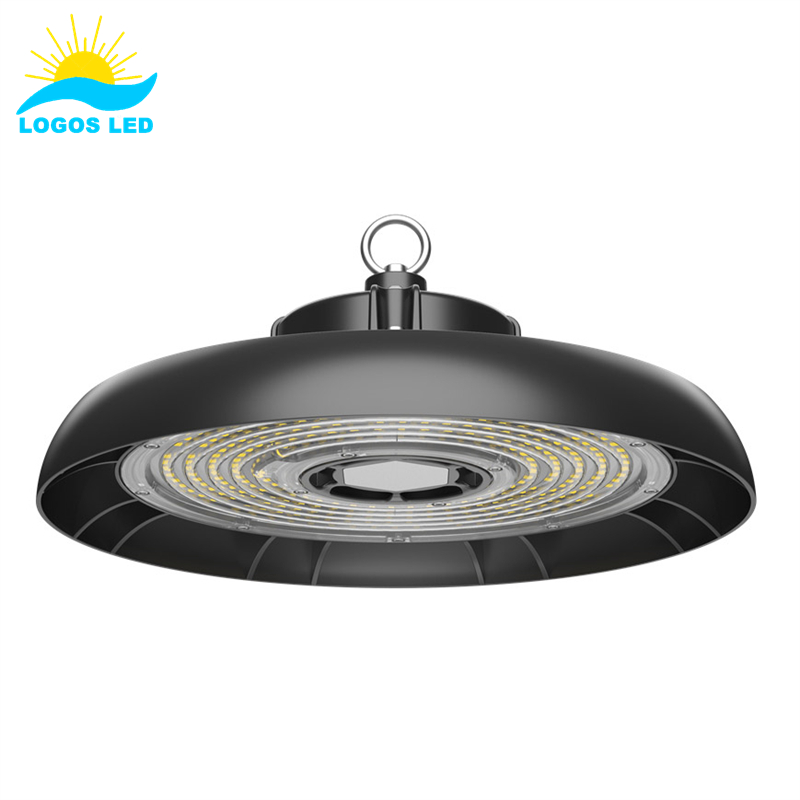

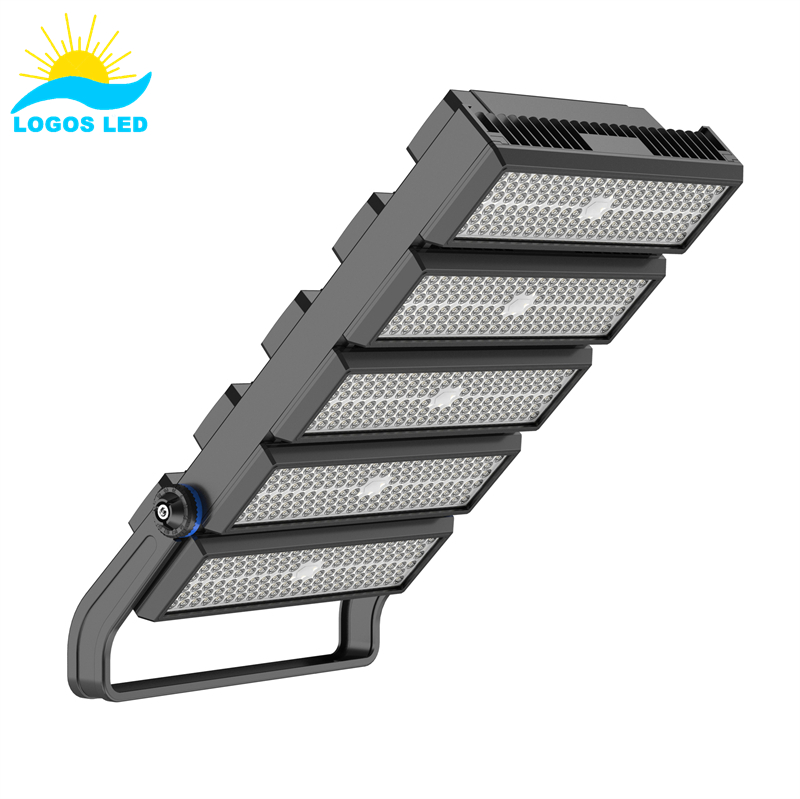
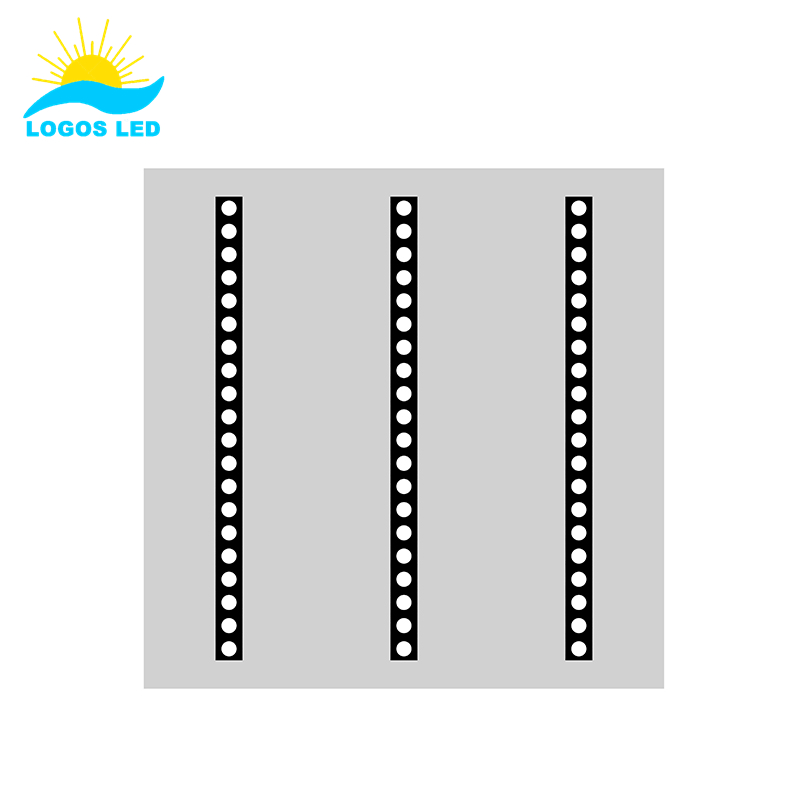
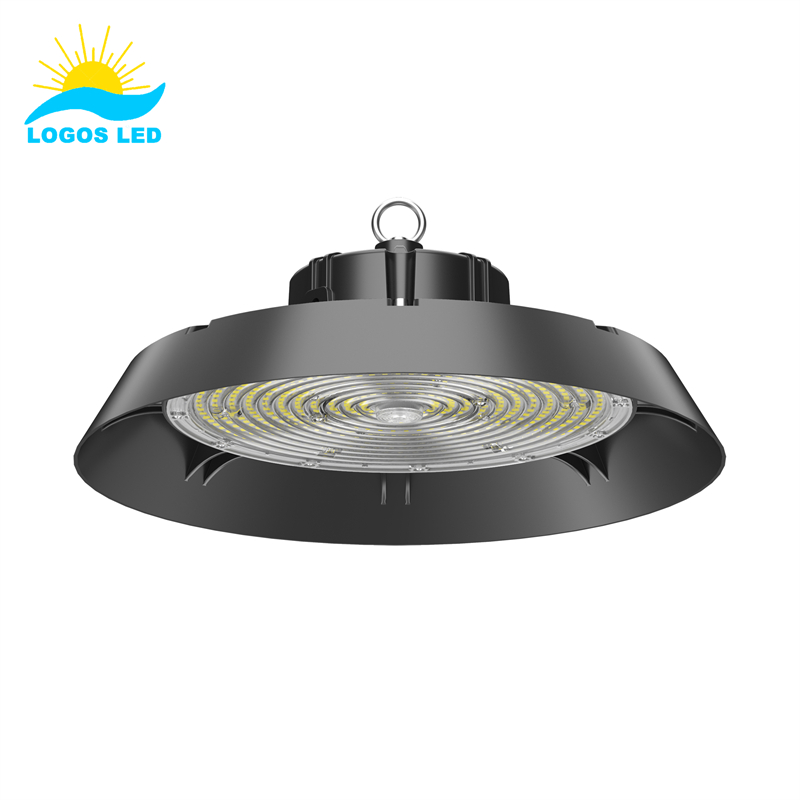
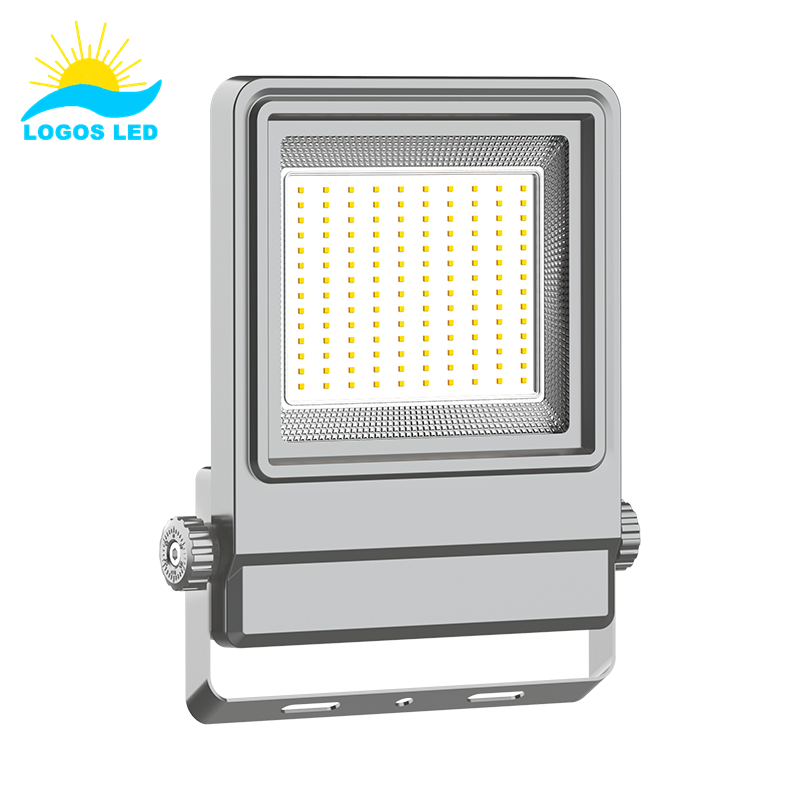

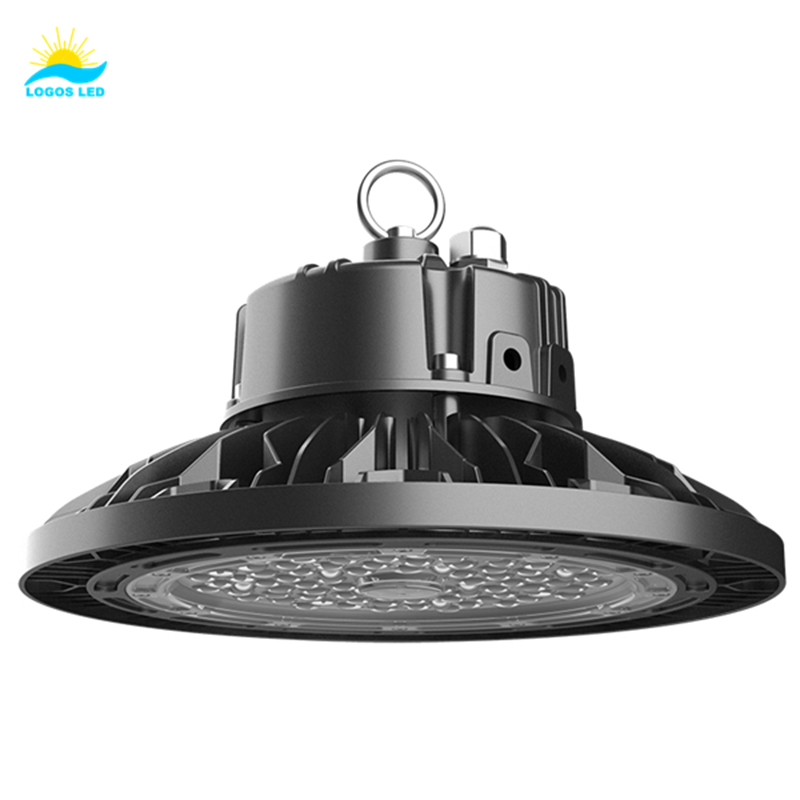
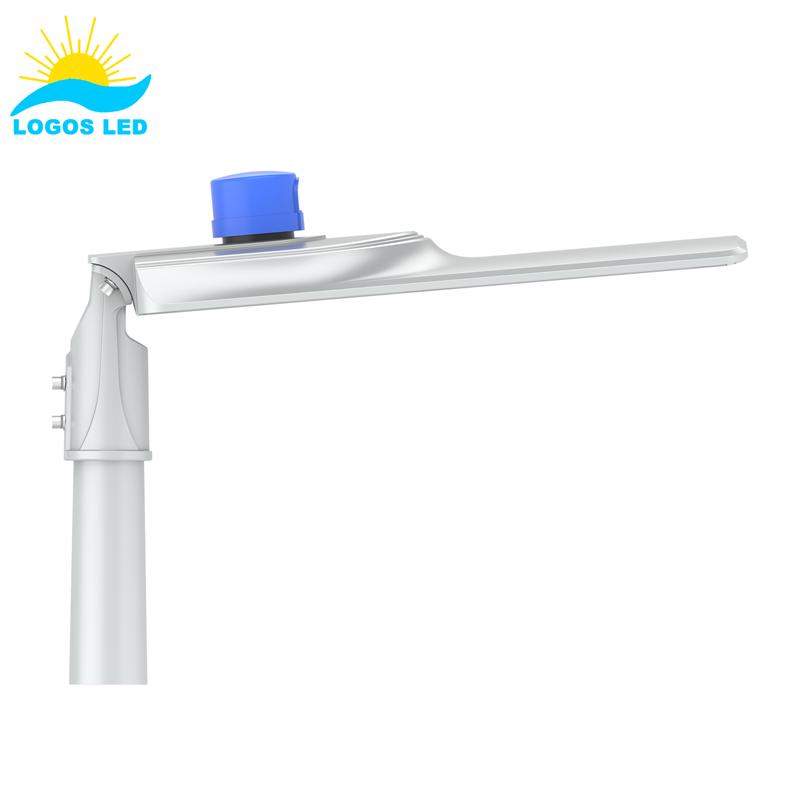



1 Comment
Leave your reply.